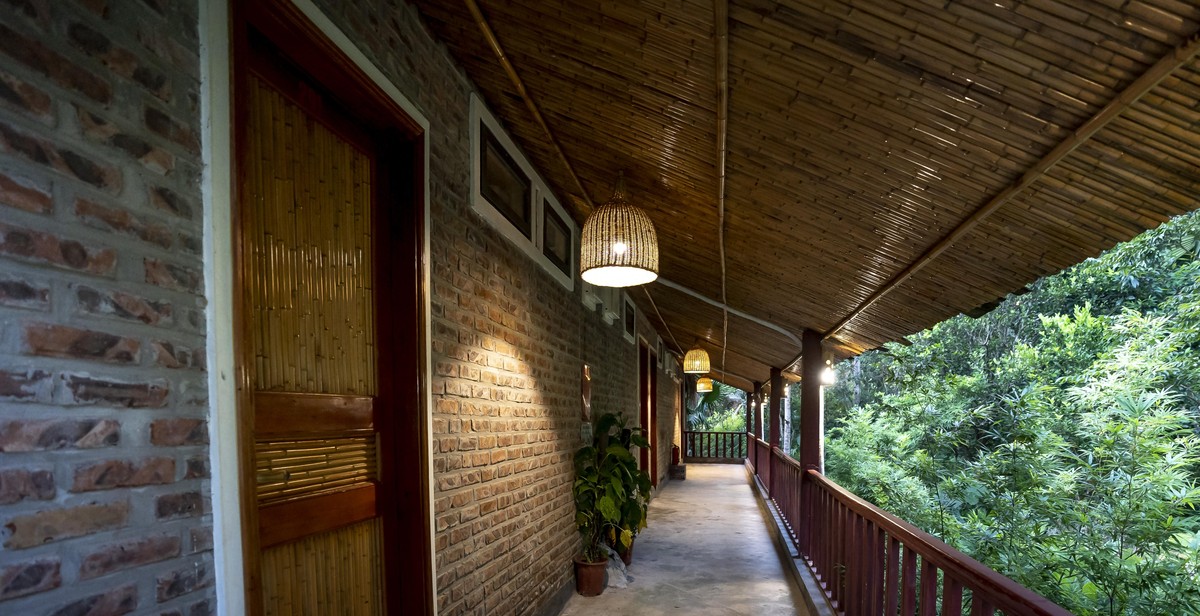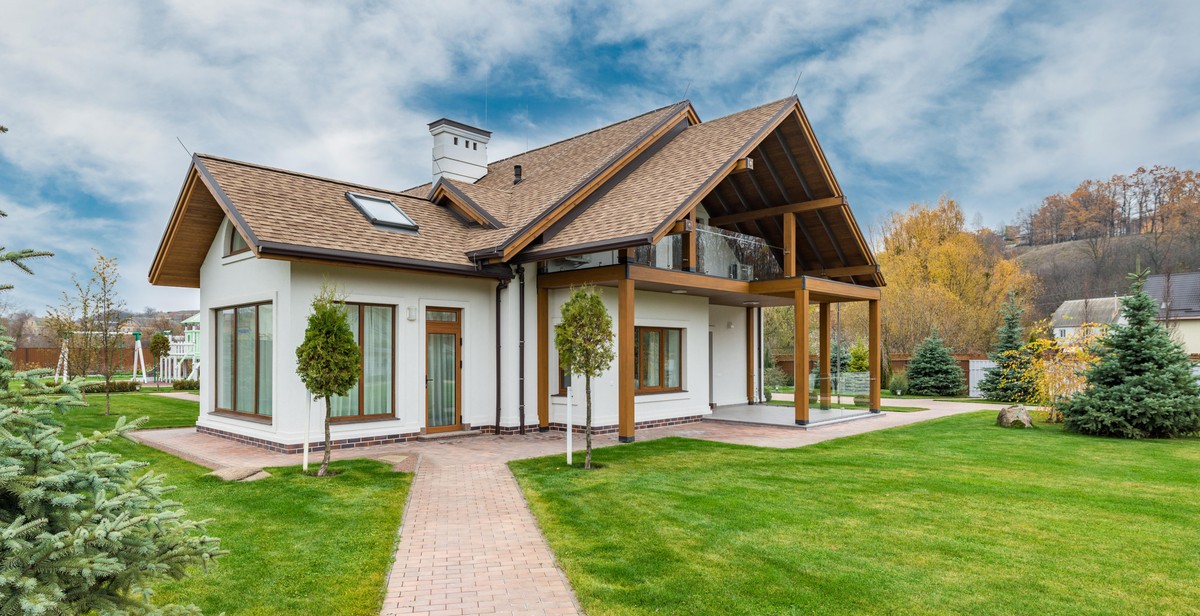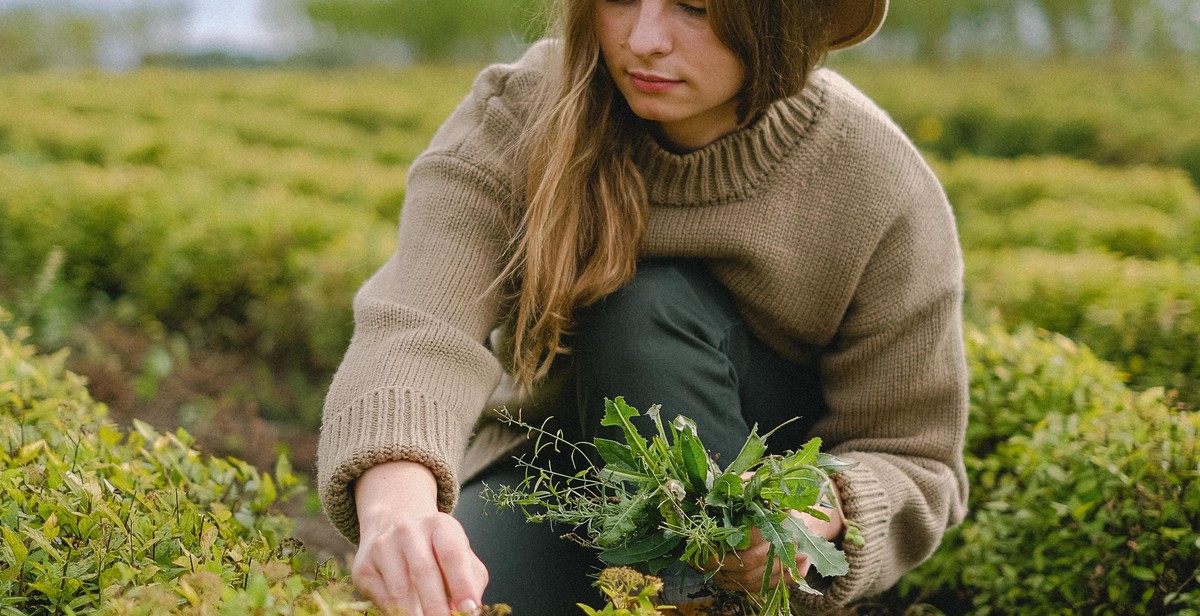Introduction
Green roofs are becoming increasingly popular in urban areas due to their energy efficiency and aesthetic appeal. A green roof garden is a system of vegetation and soil layers that are installed on top of a building’s roof. It provides a range of benefits such as reducing energy consumption, improving air quality, and mitigating the urban heat island effect.
Benefits of a Green Roof Garden
Green roof gardens offer a host of benefits, including:
- Reducing energy consumption by insulating the building and providing shade
- Improving air quality by filtering pollutants and absorbing carbon dioxide
- Reducing stormwater runoff by absorbing rainwater
- Providing a habitat for birds, bees, and other wildlife
- Creating a visually appealing space that can be used for recreation or gardening
Getting Started with a Green Roof Garden
Starting a green roof garden requires careful planning and consideration. The first step is to assess the structural capacity of the roof and ensure that it can support the weight of the garden. Next, you’ll need to choose the right plants and soil for your climate and roof conditions.
In this article, we’ll explore the steps you need to take to start a green roof garden, including selecting the right plants, choosing the right soil, and maintaining your garden for optimal health and beauty.
Benefits of a Green Roof Garden
A green roof garden is a beautiful addition to any building. Apart from its aesthetic appeal, it also provides numerous benefits to the environment and the building itself. Below are some of the benefits of a green roof garden:
Energy Efficiency
A green roof garden helps to regulate the temperature inside a building, reducing the need for air conditioning during hot weather. It acts as an insulator, keeping the building cool in summer and warm in winter. This, in turn, reduces energy consumption and saves money on energy bills. According to a study by the University of Toronto, a green roof can reduce energy consumption by up to 75% during the summer months.
Improved Air Quality
A green roof garden helps to improve air quality by filtering out pollutants and absorbing carbon dioxide. It also releases oxygen into the air, which is beneficial to human health. According to a study by the University of Maryland, a green roof can remove up to 75% of airborne pollutants.
Reduced Urban Heat Island Effect
The urban heat island effect is a phenomenon where cities and urban areas are significantly warmer than surrounding rural areas due to the absorption and re-emission of heat by buildings and pavement. A green roof garden helps to reduce this effect by absorbing heat and releasing it slowly, reducing the temperature in the surrounding area. According to a study by the National Research Council of Canada, a green roof can reduce the urban heat island effect by up to 5°C.
| Benefits of a Green Roof Garden | |
|---|---|
| Energy Efficiency | Reduces energy consumption and saves money on energy bills |
| Improved Air Quality | Filters out pollutants and absorbs carbon dioxide, releases oxygen into the air |
| Reduced Urban Heat Island Effect | Reduces the temperature in the surrounding area and the urban heat island effect |
Overall, a green roof garden is a great investment for any building. It provides numerous benefits to the environment and the building itself, making it a worthwhile addition to any property.

Choosing Plants for Your Green Roof Garden
One of the most important aspects of starting a green roof garden is choosing the right plants. Not all plants are suitable for a rooftop garden, and you need to carefully consider the types of plants you want to grow based on your climate, the location of your rooftop, and the amount of sunlight and wind exposure.
Types of Plants
There are several types of plants that are suitable for green roof gardens, including:
- Succulents: Succulents are a popular choice for green roof gardens because they are low-maintenance and can withstand drought and heat.
- Grasses: Ornamental grasses are another great option, as they are hardy and can tolerate wind and sun exposure.
- Herbs: If you want to grow herbs, consider planting thyme, rosemary, or lavender, as they are drought-tolerant and can withstand full sun exposure.
- Wildflowers: Wildflowers are a beautiful addition to any green roof garden and can attract pollinators like bees and butterflies.
Considerations for Plant Selection
When selecting plants for your green roof garden, consider the following:
| Factor | Consideration |
|---|---|
| Climate | Choose plants that are suitable for your region’s climate and can withstand extreme temperatures and weather conditions. |
| Sunlight | Consider the amount of sunlight your rooftop garden receives throughout the day and choose plants that can tolerate full sun or shade. |
| Watering | Choose plants that require minimal watering or can tolerate drought conditions. |
| Weight | Consider the weight of the plants and soil, and make sure your rooftop can support the load. |
By carefully selecting the right plants for your green roof garden, you can create a beautiful and energy-efficient space that benefits both you and the environment.

Preparing Your Roof for a Green Garden
Before starting your green roof garden, it is essential to prepare your roof properly to ensure the safety and longevity of your garden. Here are some structural considerations to keep in mind:
Structural Considerations
- Check the maximum load capacity of your roof to ensure it can support the weight of the garden, soil, and plants.
- Consult with a structural engineer or an experienced contractor to assess the feasibility of a green roof garden for your building.
- Ensure that your roof has proper access and safety features, such as railings, ladders, and walkways, for maintenance and emergency situations.
Once you have confirmed that your roof can support a green garden, the next step is to ensure that your roof is waterproofed and has proper drainage:
Waterproofing and Drainage
- Install a waterproof membrane on your roof to prevent water from seeping into the building.
- Ensure that all edges, seams, and penetrations are properly sealed to prevent water leakage.
- Install a drainage layer, such as a geotextile or drainage mat, to allow excess water to drain off the roof.
- Install a gutter system to collect and direct water away from the building and garden.
Finally, the success of your green roof garden depends on the quality of the soil and growing medium used:
Soil and Growing Medium
- Choose a lightweight, well-draining soil mix that is suitable for the types of plants you want to grow.
- Consider using a pre-grown green roof system, which consists of pre-planted modules that can be easily installed on your roof.
- Ensure that the soil depth is appropriate for the plants you want to grow and that it provides sufficient nutrients and moisture retention.
- Consider using a layer of compost or organic fertilizer to improve the soil quality and promote plant growth.
By following these structural considerations, waterproofing and drainage guidelines, and soil and growing medium recommendations, you can ensure that your green roof garden is a beautiful and energy-efficient addition to your building.

Installation Process
Step 1: Evaluate Your Roof
The first step in installing a green roof garden is to evaluate your roof. You need to ensure that your roof can support the weight of the garden, the soil, and the plants. You also need to check for any leaks or damage that may need to be repaired before installation.
Step 2: Choose the Right Plants
Choosing the right plants is crucial for the success of your green roof garden. You need to select plants that are suitable for the climate and environment of your area. You also need to consider the weight of the plants, the amount of sunlight they require, and their water needs.
Step 3: Install a Drainage System
A proper drainage system is essential for a green roof garden. Without it, the excess water can damage the roof and the plants. You can install a drainage layer made of gravel or a synthetic material that allows water to flow freely.
Step 4: Add a Growing Medium
The growing medium is the soil-like material that supports the plants. It needs to be lightweight, porous, and able to retain moisture. You can use a mixture of soil, compost, and other organic materials.
Step 5: Plant the Garden
Now that you have prepared the roof, it’s time to plant the garden. Start by placing the plants in their desired locations and then cover the soil with a layer of mulch. This will help retain moisture and prevent weed growth.
Maintenance Tips
Watering
Watering is essential for the health of your green roof garden. During the hot summer months, you may need to water the plants daily. However, be careful not to overwater as it can lead to root rot and other issues.
Fertilizing
Fertilizing your green roof garden is important to provide the necessary nutrients for the plants to thrive. You can use organic fertilizers or compost tea to feed the plants.
Weed Control
Weed control is crucial to keep your green roof garden looking beautiful. You can use organic weed control methods such as hand-pulling or using a vinegar solution.
Pruning
Regular pruning is necessary to keep your plants healthy and promote growth. Remove any dead or damaged leaves and branches to prevent disease and pest infestation.
Inspection
Regular inspection of your green roof garden is important to catch any issues early such as leaks, damage, or pest infestation. Inspect your garden at least once a month to ensure it’s in good condition.
Conclusion
Starting a green roof garden is a great way to contribute to energy efficiency and add beauty to your building. With the right planning, design, and maintenance, you can create a thriving green roof garden that benefits both the environment and your wallet.
Benefits of a Green Roof Garden
- Reduces energy consumption and lowers energy bills
- Improves air quality and reduces urban heat island effect
- Provides habitat for wildlife and supports biodiversity
- Increases property value and enhances building aesthetics
- Reduces stormwater runoff and helps prevent flooding
Whether you’re a homeowner, business owner, or property developer, a green roof garden is a smart investment that pays off in the long run. Not only does it save you money on energy bills, but it also provides a host of environmental and social benefits.
Getting Started
If you’re ready to start your own green roof garden, be sure to do your research and consult with experts in the field. Consider factors such as building structure, weight capacity, and drainage when planning your garden. Choose plants that are suitable for your climate and site conditions, and use a high-quality growing medium to ensure their success.
With patience and dedication, you can create a green roof garden that is both beautiful and functional. Start small and build up as you gain experience and confidence. Your efforts will be rewarded with a healthier, more sustainable environment for yourself and future generations.
